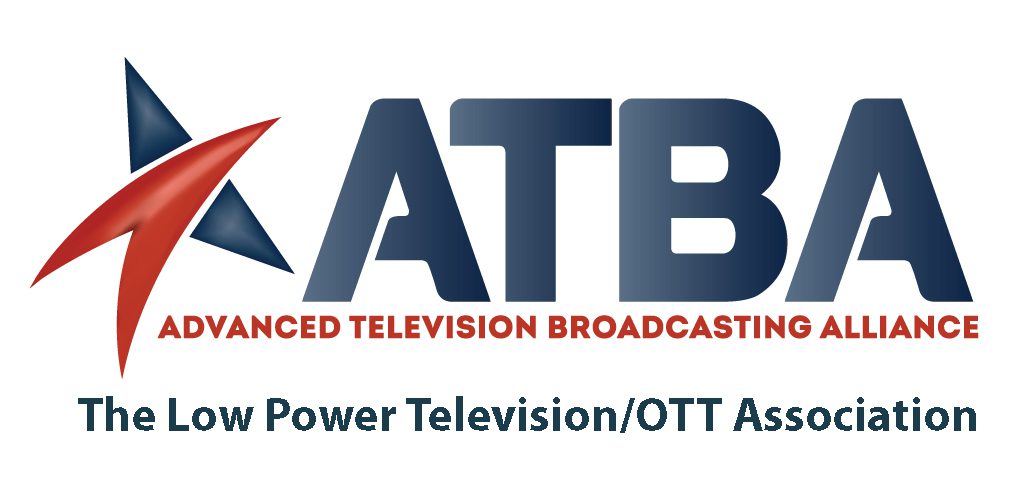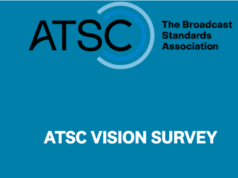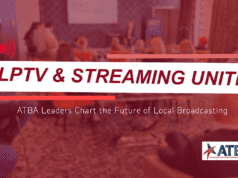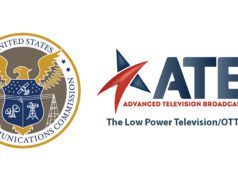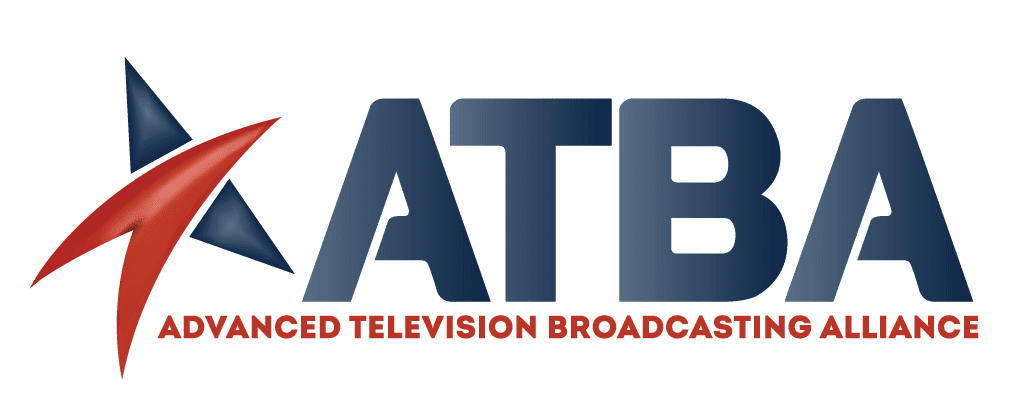LAS VEGAS—“Program titles, descriptions and show times don’t just magically appear on your TV,” Morgan Burns told a packed room of low‑power television owners at NAB’s annual LPTV Day. “Everything is data‑driven—and broadcasters sit at the front of that data chain.”
Burns, a technical support analyst for TitanTV, walked stations through the maze that delivers electronic‑program‑guide (EPG) information from four main suppliers—Gracenote (formerly TMS), TiVo/Xperi, Red Bee and TV Media—to cable operators, streaming apps, smart‑TV platforms and, ultimately, viewers.
Why the same channel looks different on two screens
Over‑the‑air receivers read PSIP tables embedded in the station’s transport stream, Burns said, but many smart TVs ignore that feed and fetch data from a third‑party provider instead. “If your logo is missing on a Samsung set, it’s probably a Gracenote issue—not PSIP.”
She urged engineers to build a master distribution list that pushes every schedule change, logo update or “show card” to all four guide companies at once—and to highlight changes so editors spot them quickly. Delay, she warned, is baked into the system: some cable boxes refresh just once a week, while data providers can take 24–72 hours to propagate updates system‑wide.
TitanTV is pitching tools to speed the process. Its MediaStar Scheduler now auto‑packages updated grids for each data house, and a May “Guide 101” webinar will dive deeper into best practices. Stations that still rely on static PSIP should upgrade to dynamic listings, Burns insisted, noting that viewers “won’t wait around to discover what’s on.”
